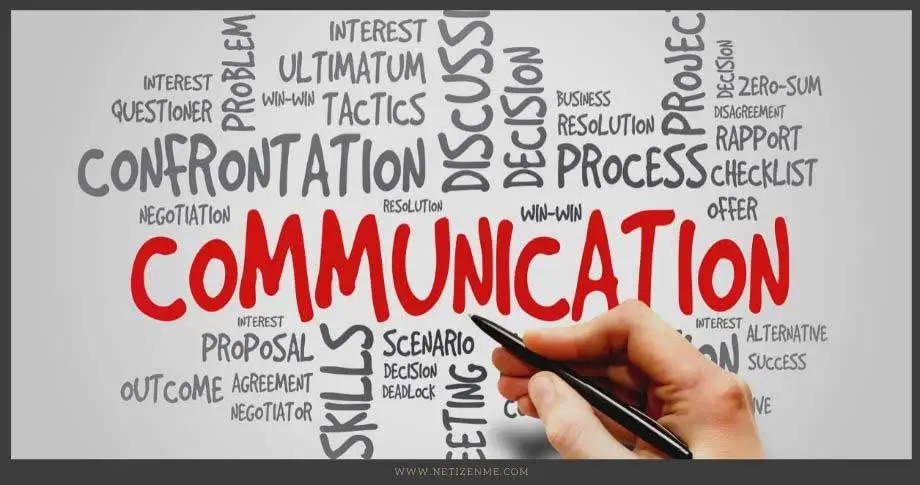
Types and Purposes of Public Speaking
What are the four basic purposes of a speech?
What are the different types and purposes of public speaking and how to use them? Generally speaking, the purposes of a public speech can be classified into 4 basic concepts; speeches to inform, demonstrate, persuade, or entertain (01). When giving a speech to inform, a speaker aims to provide the audience with sufficient information on a certain subject matter. Ideally, the audience is presumed to lack knowledge beforehand.
Speech to Demonstrate
A speech to demonstrate isn’t too far apart from that to inform. However, the speaker takes an extra step in passing the information across. They employ the use of audiovisual aids or physical/practical demonstrations to make the topic more relatable. An informative speech could be titled “What is a car?”. A speech to demonstrate would be titled “How to start a car” with a practical demonstration using a car.
Speech to Persuade
A speech to persuade involves appealing to the reasoning of the audience in a way to convince them about a particular point of view. A speaker can make use of facts or emotions to this end. A pharmaceutical company marketing its drugs for hypertension would make use of a persuasive speech.
Speech to Entertain
In a speech to entertain, the goal is to amuse the audience. They are usually in a relaxed atmosphere with an informal approach to communication between speaker and audience. Entertaining speeches can be grouped into 3; the after-dinner speech, the ceremonial speech, and the inspirational speech (02). We shall now discuss the ceremonial speech.
What are the 4 types of public speaking?
- Ceremonial Speaking
- Demonstrative Speaking
- Informative Speaking
- Persuasive Speaking
Ceremonial Speech
A ceremonial speech is based on the specific events that brought the speech to place. Let’s take the best man’s speech at a wedding as a case study. No best man starts a wedding speech with a discussion of what marriages are and why they were instituted. He doesn’t go on and on, giving reasons why others should consider marrying. They come on stage and start with a joke or two, perhaps about the groom. They’ll also give some details of their relationship with the new couple, especially the groom, and why they’re a good fit. Then, they end the speech with the best of wishes to the new couple in their marriage journey. Here, the context of the event (the union between two people) drives the speech, not the need to inform, demonstrate or persuade.
Check the following reference articles to learn more about the Purposes of a Public Speech:
1. Saylordotorg.github.io. 2020. General Purposes Of Speaking. Retrieved 14 December 2020 from (URL)
2. Team, C. and McKay, B., 2020. Need Help With A Speech? Here Are 10 Types Of Speeches To Explore. Retrieved 14 December 2020 from (URL)
- Tips to Make Your Business Emails More Engaging

- Mastering the 10 Critical Skills for Success Across All Industries

- How AI Tools Play an Important Role in Financial Writing

This article is written by:
Our professional writers and editors are passionate about sharing high-quality information and insights with our audience. We conduct diligent research, maintain fact-checking protocols, and prioritize accuracy and integrity to the best of our capacity.
You can cite our articles under the author name "Netizenme"







